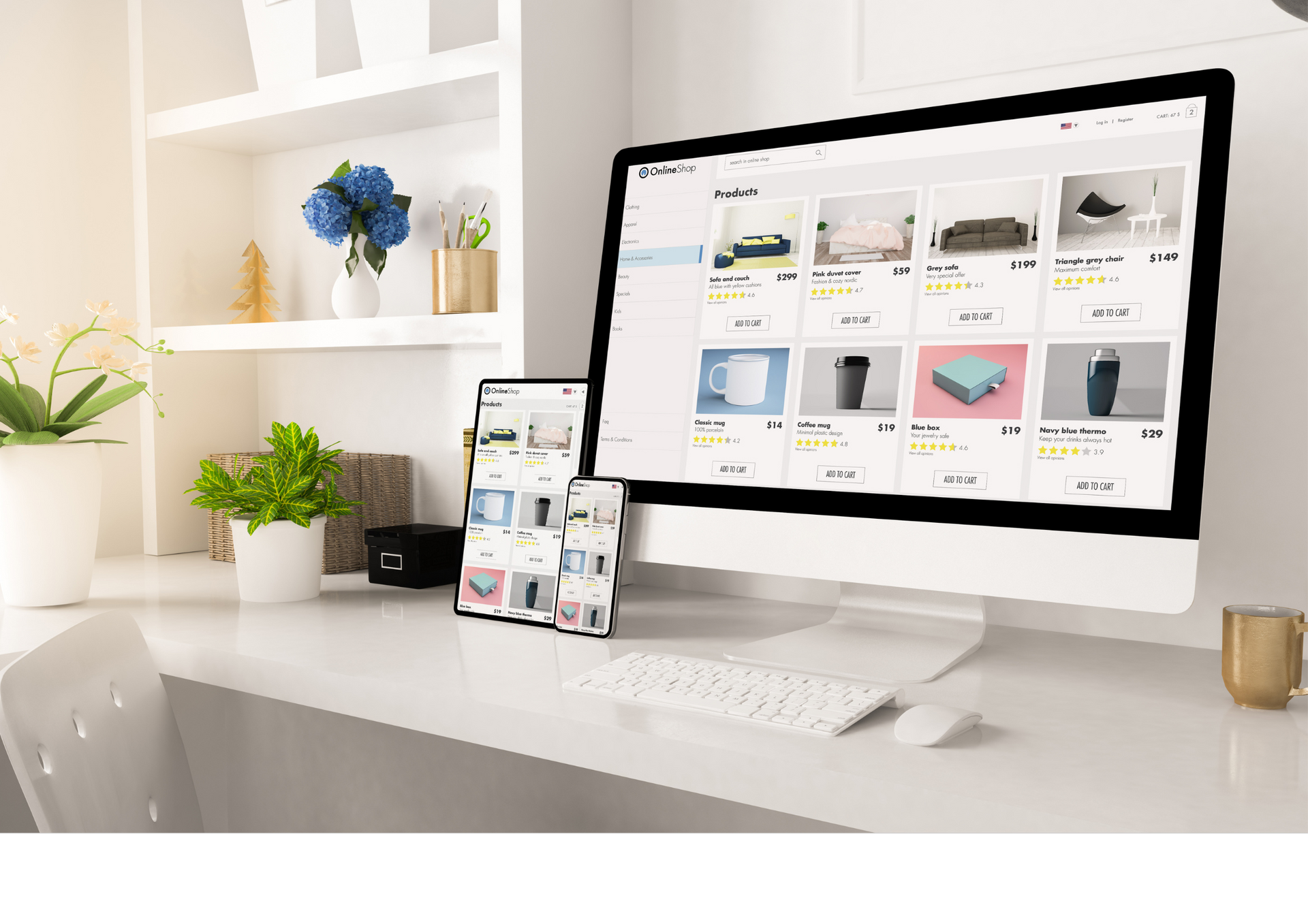Creating your first website can feel overwhelming, especially if you’re a small business owner or entrepreneur. Whether you run a homeware brand, a health and wellness business, or a retail venture, a carefully planned online presence is crucial for growth. A strategic website build ensures your site is professional, scalable, and capable of attracting and converting visitors into loyal customers.
This guide walks you through each step to simplify the process and helping you avoid common mistakes.
Define Your Goals and Target Audience
Define Your Goals and Target Before you dive into any website build, it’s essential to clarify why you are creating your website. Are you aiming to sell products online, generate leads, or provide information about your services? Defining clear goals helps shape every aspect of your website, from design to functionality.
Equally important is understanding your target audience. Who are your ideal visitors, and what problems are you solving for them? For example, a wellness business may focus on providing easy appointment booking and helpful blog content, while a retail store will emphasise product pages and smooth checkout experiences. Knowing your audience ensures that every decision, from navigation to content, supports a positive user experience.
Plan Your Website Structure and Content
Once your goals are clear, the next step is to plan your website’s structure. Start by creating a sitemap, outlining main pages such as Home, About, Services or Shop, Blog, and Contact. Consider how these pages connect and how visitors will navigate your site intuitively.
Content planning is equally vital. High-quality images, engaging copy, and useful resources make your website appealing and professional. Keep SEO in mind by including relevant headings and phrases naturally, without overstuffing. For businesses, this is particularly crucial because well-organised content improves search visibility and ensures potential customers find the information they need quickly.
For entrepreneurs who want to maintain full control over their online presence, it’s worth learning how to
build your own website. By doing so, you can adjust content, update products, and tweak design elements without waiting for external help.
Choose the Right Platform and Tools
Selecting the right platform is a key factor in ensuring your website meets your business needs. There are several best website builders available that balance ease of use with professional capabilities. Platforms like Wix, Squarespace, and Shopify provide intuitive interfaces, drag-and-drop functionality, and a variety of templates suited to different business types.
When evaluating platforms, consider scalability, integrations, and support options. A platform that allows for growth as your business expands prevents the need for costly migrations later. Choosing wisely at this stage saves time, money, and potential frustration while giving your website a solid foundation for long-term success.
Design and User Experience Considerations
Design is more than just aesthetics. A well-designed website trust and credibility with your audience. Focus on creating a clean layout with consistent branding, readable fonts, and colours that align with your business identity.
Mobile responsiveness is no longer optional—most users browse on smartphones, so your site must look and perform well across devices. Fast loading times, easy navigation, and clear calls to action contribute to a seamless user experience. Businesses that invest in professional design and intuitive navigation often see higher engagement and conversion rates.
For those exploring tools, a best website maker can help simplify the design process while still allowing customisation for a unique look and feel. These tools offer templates and features that can be tailored to suit your brand without needing advanced coding skills.
Launching, Testing, and Optimising Your Site
Before launching, thorough testing is essential. Check that all links, forms, and payment systems function correctly. Ensure images load properly and that the site performs well on mobile devices. This testing phase prevents frustrating experiences for your visitors and builds credibility from the start.
Once live, focus on ongoing optimisation. Monitor analytics to understand visitor behaviour, track performance, and update content regularly. SEO, keyword targeting, and page speed improvements are continuous tasks that enhance visibility and engagement.
When setting up a website, remember that launching is just the beginning. A website is a living tool that evolves with your business, and regular updates ensure it continues to meet your audience’s expectations.
Planning your first
website build may seem challenging, but breaking it into structured steps makes the process manageable. Start by defining clear goals and understanding your audience, plan your content and structure, select the right platform, focus on professional design, and thoroughly test and optimise before launch.
A thoughtful approach ensures your website not only looks professional but also drives meaningful results for your business. Investing time upfront in planning and preparation sets the stage for long-term success.
At
ETA Web Design Stoke, we specialise in delivering professional, trustworthy, and results-driven website solutions for homeware, health and wellness, and retail businesses. Our team provides personalised guidance at every stage of your website, ensuring your site is scalable, visually appealing, and optimised for conversions.
Just out on X: Step-by-step tips for a successful
website build for your business!




